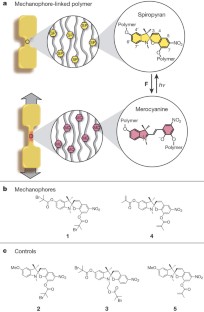One can expect that these terms have something to do with alchemy. Wrong. Apparently, aurophilic bond is just a weak Au—Au bond, and argentophilic bond is a Ag—Ag bond. On the other hand, Merriam-Webster’s Medical Dictionary defines argentophilic (argyrophilic) as
having an affinity for silver — used of certain cells, structures, or tissues that selectively reduce silver salts to metallic silver.
“Cuprophilic” has been used in both senses, viz. Cu—Cu bond (as, for example, here) and “having an affinity for copper” (as in here). Similarly, “metallophilic” has been used to describe both “generic” metal—metal bond and for “metallophilic cells”. I find the use of this terminology in its former (more restrictive) sense both confusing and unnecessary. For example, this paper describes “Hg(II)···Pd(II) metallophilic interactions”. It could as well be named simply “Hg(II)—Pd(II) interactions”.








